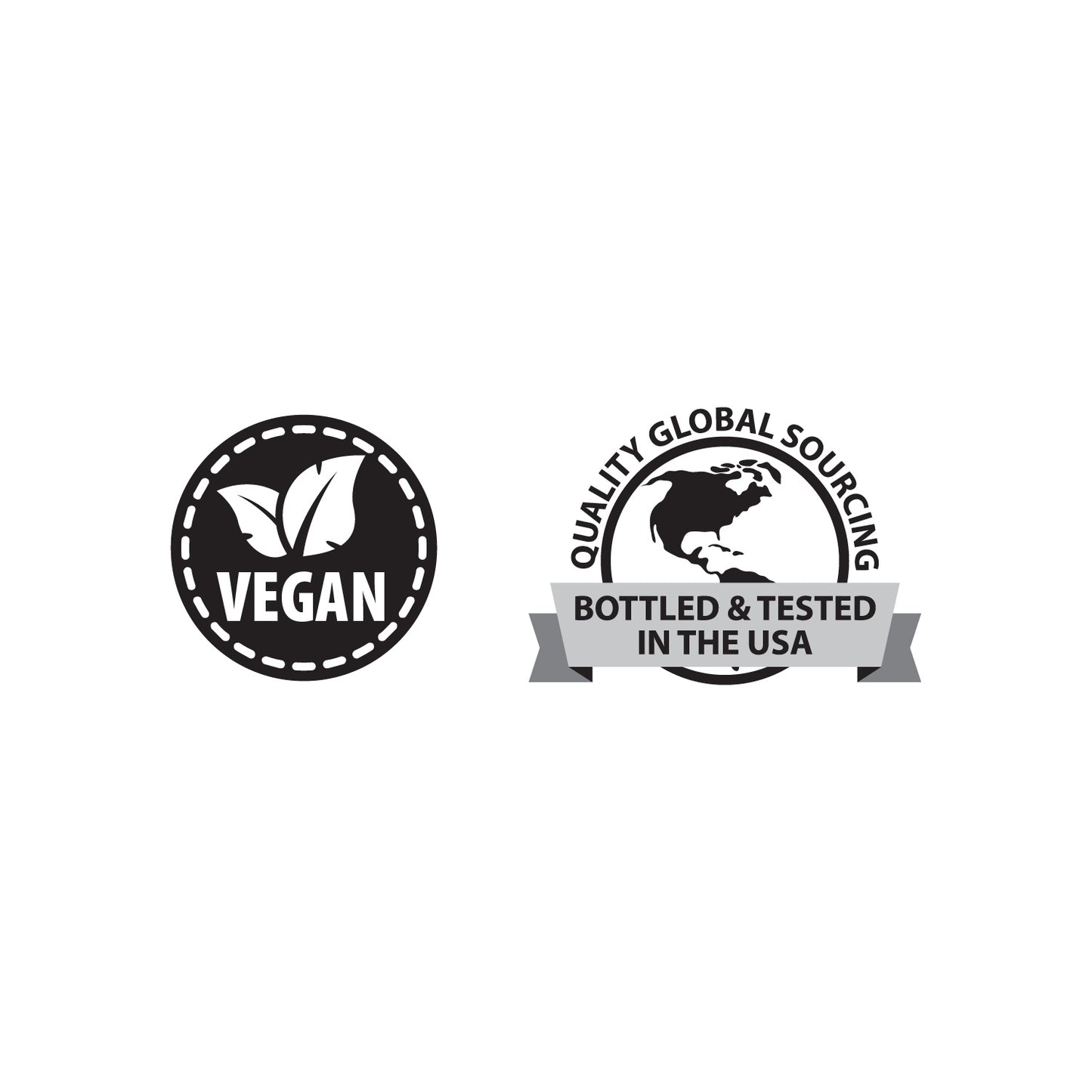




Product information
PROMOTES FAT DIGESTION*
Similase Lipo is a formula with a full range of digestive enzymes, with additional lipase activity to aid in the digestion and assimilation of fats and fat-soluble nutrients.*
PROMOTES FAT DIGESTION*
Similase Lipo is a formula with a full range of digestive enzymes, with additional lipase activity to aid in the digestion and assimilation of fats and fat-soluble nutrients.*
INGREDIENTS
603mg
Microbial Enzymes
FCC (pH 4.7) 82,0000 HUT; FCC (pH 7.0) 56,646 PC; USP (pH 7.5) 31,390 USP
Protease I, II, III, IV
FCC (pH 4.6) 31,892 DP°; FCC (pH 4.8) 31,892 DU; USP (pH 6.8) 21,261 USP
Amylase
--
Lipase I, II: FCC (pH 7.0) 6,450 FIP
--
Lactase I, II: FCC (pH 4.5) 1,600 ALU
--
Cellulase I, II: FCC (pH 4.5) 350 CU
--
Sucrase (Invertase): FCC (pH 4.5) 940 SU
--
Phytase: FCC (pH 5.5) 1.7 FTU
** Daily Value (DV) not established
†Percent daily value is based on a 2000 calorie diet
Other Ingredients
Similase® Lipo Does Not Contain
Salt
Dairy
Colors
Artificial Flavors
Other Details
UPC: 871791001541
SKU: 106005
DIRECTIONS
Similase® Lipo Directions and/or Dosage
Adults take 1 or 2 capsules up to three times per day before each meal, or as recommended by your healthcare professional.Warning
If you are pregnant, nursing, have diabetes, or if you are taking prescription drugs, consult your healthcare professional before use. Keep out of reach of children. Keep tightly closed. Store at room temperature. Avoid excessive heat and direct sunlight.INTERACTIONS
FAQS
A: There are many scientific systems used for measuring enzyme activity. The most common enzyme measurement systems are Food Chemical Codex (FCC), United States Pharmacoepia (USP), and Federal Internationale Pharmaceutique (FIP). Each different enzyme measurement system has an enzyme assay method with its own units of measurements. For example, one of the enzyme measurements from protease is HUT (Hemoglobin Unit Tyrosine). Here are some common enzyme activity abbreviations:HUT = hemoglobin unit tyrosine PC = Bacterial Protease Unit DU = apha-amylase dextrinizing unit LU = lipase units PU = phytase units ALU = acid lactase unit CU = cellulase units INVU = inverted unitLacU = lactase activity unit
PROMOTES FAT DIGESTION*
Similase Lipo is a formula with a full range of digestive enzymes, with additional lipase activity to aid in the digestion and assimilation of fats and fat-soluble nutrients.*
PROMOTES FAT DIGESTION*
Similase Lipo is a formula with a full range of digestive enzymes, with additional lipase activity to aid in the digestion and assimilation of fats and fat-soluble nutrients.*
INGREDIENTS
603mg
Microbial Enzymes
FCC (pH 4.7) 82,0000 HUT; FCC (pH 7.0) 56,646 PC; USP (pH 7.5) 31,390 USP
Protease I, II, III, IV
FCC (pH 4.6) 31,892 DP°; FCC (pH 4.8) 31,892 DU; USP (pH 6.8) 21,261 USP
Amylase
--
Lipase I, II: FCC (pH 7.0) 6,450 FIP
--
Lactase I, II: FCC (pH 4.5) 1,600 ALU
--
Cellulase I, II: FCC (pH 4.5) 350 CU
--
Sucrase (Invertase): FCC (pH 4.5) 940 SU
--
Phytase: FCC (pH 5.5) 1.7 FTU
** Daily Value (DV) not established
†Percent daily value is based on a 2000 calorie diet
Other Ingredients
Similase® Lipo Does Not Contain
Salt
Dairy
Colors
Artificial Flavors
Other Details
UPC: 871791001541
SKU: 106005
DIRECTIONS
Similase® Lipo Directions and/or Dosage
Adults take 1 or 2 capsules up to three times per day before each meal, or as recommended by your healthcare professional.Warning
If you are pregnant, nursing, have diabetes, or if you are taking prescription drugs, consult your healthcare professional before use. Keep out of reach of children. Keep tightly closed. Store at room temperature. Avoid excessive heat and direct sunlight.INTERACTIONS
FAQS
A: There are many scientific systems used for measuring enzyme activity. The most common enzyme measurement systems are Food Chemical Codex (FCC), United States Pharmacoepia (USP), and Federal Internationale Pharmaceutique (FIP). Each different enzyme measurement system has an enzyme assay method with its own units of measurements. For example, one of the enzyme measurements from protease is HUT (Hemoglobin Unit Tyrosine). Here are some common enzyme activity abbreviations:HUT = hemoglobin unit tyrosine PC = Bacterial Protease Unit DU = apha-amylase dextrinizing unit LU = lipase units PU = phytase units ALU = acid lactase unit CU = cellulase units INVU = inverted unitLacU = lactase activity unit
Learn About Our Quality Standards












